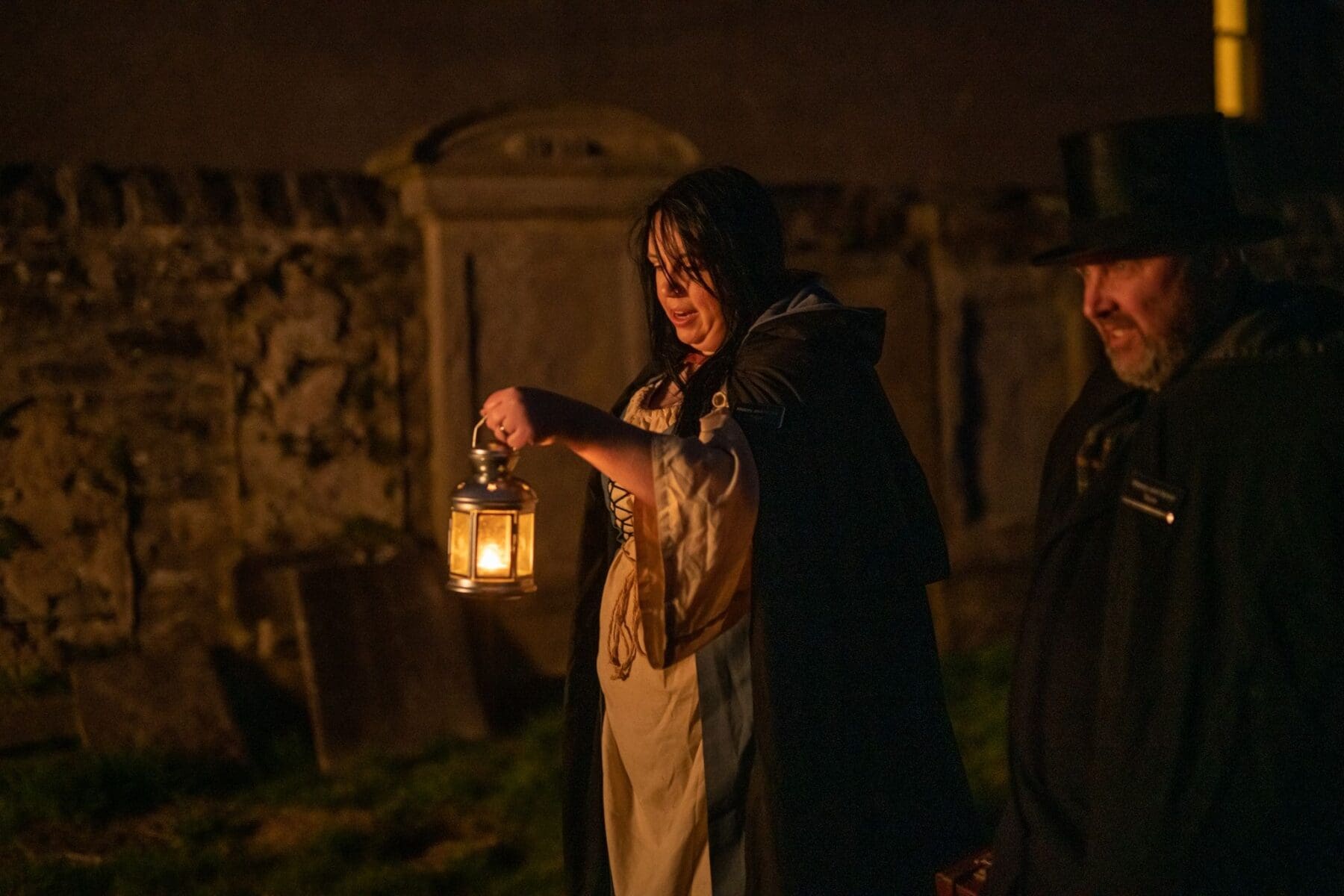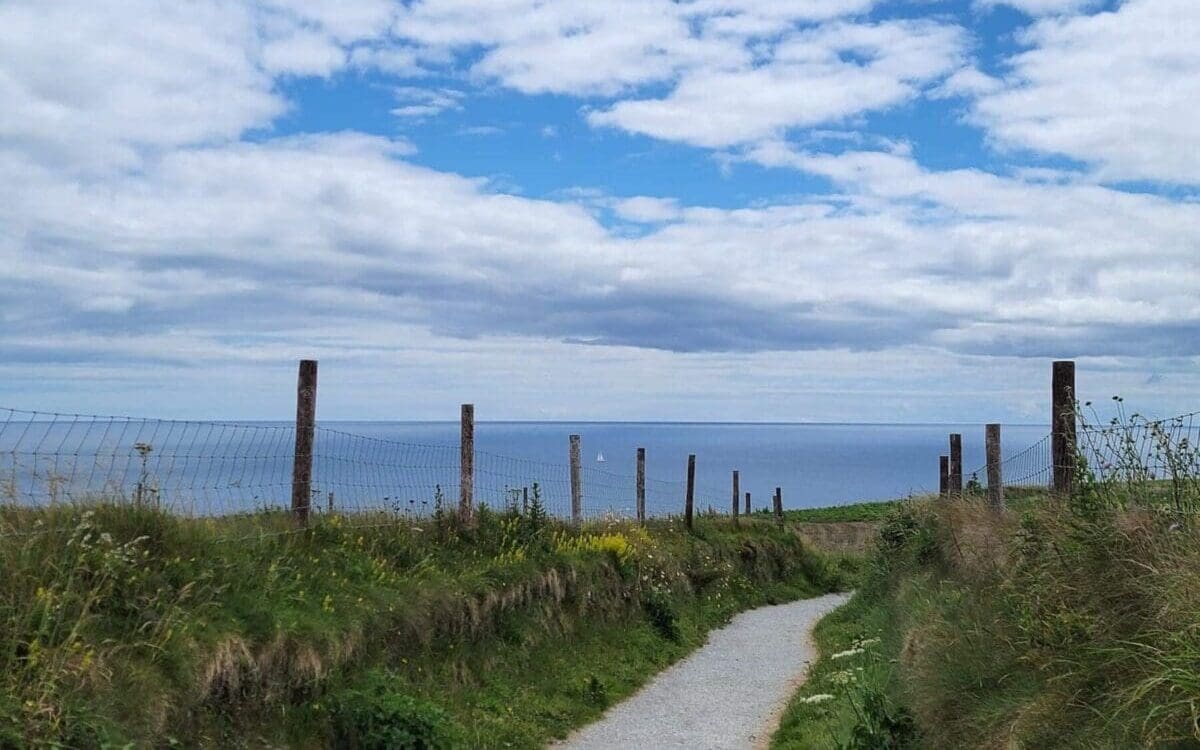Unveiling Terror 5 Irish Halloween Folktales You Must Know
Halloween is a magical time of mystery and wonder, and Irish folklore adds a special touch of spookiness to this holiday. From witches and fairies to headless horsemen and gravediggers, Ireland has a rich collection of tales that are sure to make your hair stand on end. In this blog post, we’ll explore five Irish Halloween folktales that will transport you to a place of eerie fascination.

Irish Banshee
The Banshee’s Wail
According to Irish folklore, the Banshee is a female spirit who appears before the death of a family member. She wails and mourns in a most eerie manner which is said to cause chills up the spine of anyone who hears her. In past periods, it was commonly believed that banshees were seen before the death of a king or queen. The Banshee usually appears as a ghostly figure clad in an all-white cloak, standing in the darkness and letting her mournful cry carry across the winds. If you hear the Banshee, you’d better run.
The legend of the Banshee has been passed down through generations, with each telling adding its unique touch. Some say that the Banshee’s wail can be heard for miles, echoing through the valleys and hills of Ireland. Her presence is a harbinger of death, making her one of the most feared figures in Irish folklore.
Interestingly, the Banshee is not always seen as a malevolent spirit. In some stories, she is a protector of her kin, mourning their loss and guiding their souls to the afterlife. This duality makes her a fascinating character in the pantheon of Irish supernatural beings.

The Puca
The Púca
The Púca is a shape-shifting, mischievous creature that appears in Irish folklore throughout the year but is especially active around Halloween. The Púca is known to take on the shape of a black horse, a goat, or even a human-like creature with animal features. It’s said that if you see the Púca on Halloween night, you might be granted a wish, or you might be in for a wild ride if you attempt to ride on the back of the enchanted creature.
The Púca is not just a trickster; it is also a creature of immense power and unpredictability. While it can bring good fortune and grant wishes, it can also lead travelers astray, causing them to lose their way in the dark forests of Ireland. This duality makes encounters with the Púca both thrilling and terrifying.
Legends about the Púca often involve moral lessons, warning against greed and hubris. Those who try to take advantage of the Púca’s powers without respect often find themselves facing dire consequences. This aspect of the Púca’s lore adds a layer of complexity to its character, making it a staple of Irish Halloween stories.
Ready to explore the mystery? Start planning the experience of a lifetime HERE!
To keep up with our blog and other Mysterious Adventures offers, sign up for our newsletter HERE!

The Dullahan
The Dullahan
An intimidating figure, the Dullahan is known as the headless horseman of Irish folklore. He is said to ride a black horse while carrying his own decapitated head, which shines brightly in his hand. It is believed that wherever the Dullahan stops riding, someone will meet their untimely end. In some tales, the Dullahan even uses his spine as a whip to strike his victims, so beware of this fearsome creature.
The Dullahan is often compared to the more famous Headless Horseman of American folklore. However, the Dullahan’s roots run deeper, with stories dating back centuries. His appearance is a sign of impending doom, and his presence is enough to send shivers down the spine of even the bravest souls.
Interestingly, the Dullahan is often associated with fairy mounds and ancient burial sites. These connections to the land’s history and mythology add an extra layer of eeriness to his tale. Understanding the context of these locations can provide valuable insights into the cultural significance of the Dullahan in Irish folklore.
The Fairy Folk
Halloween is known as the time of year when the veil between our world and the fairy realm thins. According to Irish folklore, this is the time when the fairy folk leave their homes to cause trickery and mischief among the living. They are mischievous creatures that love to play pranks and often steal petrified humans away to their underground kingdom. Legend says that if you put a bowl of cream outside your home for the fairies on Halloween night, they might be kind enough to leave you be.
The fairy folk, or “Aos Sí,” are an integral part of Irish mythology. They are believed to inhabit ancient mounds and hilltops, emerging only during special times of the year. Halloween, or Samhain, is one such time, making it a period filled with enchantment and danger.
These beings are not to be trifled with. While they can be benevolent, offering blessings and good fortune, they can also be vengeful if disrespected. Stories of humans who have been taken to the fairy realm and returned years later, unchanged, serve as cautionary tales about the power of the fairy folk.

The Derrybeg Stone Circle
The Derrybeg Stone Circle
Near Donegal, Ireland, there is a spot known as the Derrybeg Stone Circle. It is said that on Halloween night, the spirits of the dead swarm here, filling the air with their eerie presence. According to legend, the circle is located in the heart of a fairy glen. Those who dare to venture into the circle on Halloween night are said to be visited by the spirits who will guide them through the veil, further into the spirit realm.
The Derrybeg Stone Circle is one of many ancient sites scattered across Ireland. These stone circles are remnants of a bygone era, shrouded in mystery and myth. The idea that these stones are a gateway to another realm is a common theme in Irish folklore, adding to their allure and mystique.
Visitors to the Derrybeg Stone Circle often report feeling a strange energy, as if the spirits of the past are still present. This connection to the land and its history makes the stone circle a powerful symbol in Irish Halloween traditions.
Irish folklore is so rich and diverse, and its tales have been passed down through generations of storytellers.
From the spooky tales about the Banshee and the Dullahan to the mischievous fairy folk, Halloween in Ireland is a time of wonder, magic, and spooky thrills. This Halloween, let yourself be transported to the world of Irish folklore and settle in for some hair-raising fun.
These tales not only entertain but also offer glimpses into the cultural heritage of Ireland. They remind us of the power of storytelling and the ways in which myths and legends shape our understanding of the world.
If you’re eager to explore more about Irish folklore and its fascinating characters, consider joining our community of folklore enthusiasts. Share your favorite stories, learn from others, and become a part of a tradition that has captivated people for centuries.
Embark on a mysterious adventure with us!
Explore divinely selected places, where enigma thrives in every corner. From lands vibrating with mystique to ancient realms echoing with phantom tales, our Mysterious Adventures await. Join the journey and unravel the secrets of the extraordinary.








